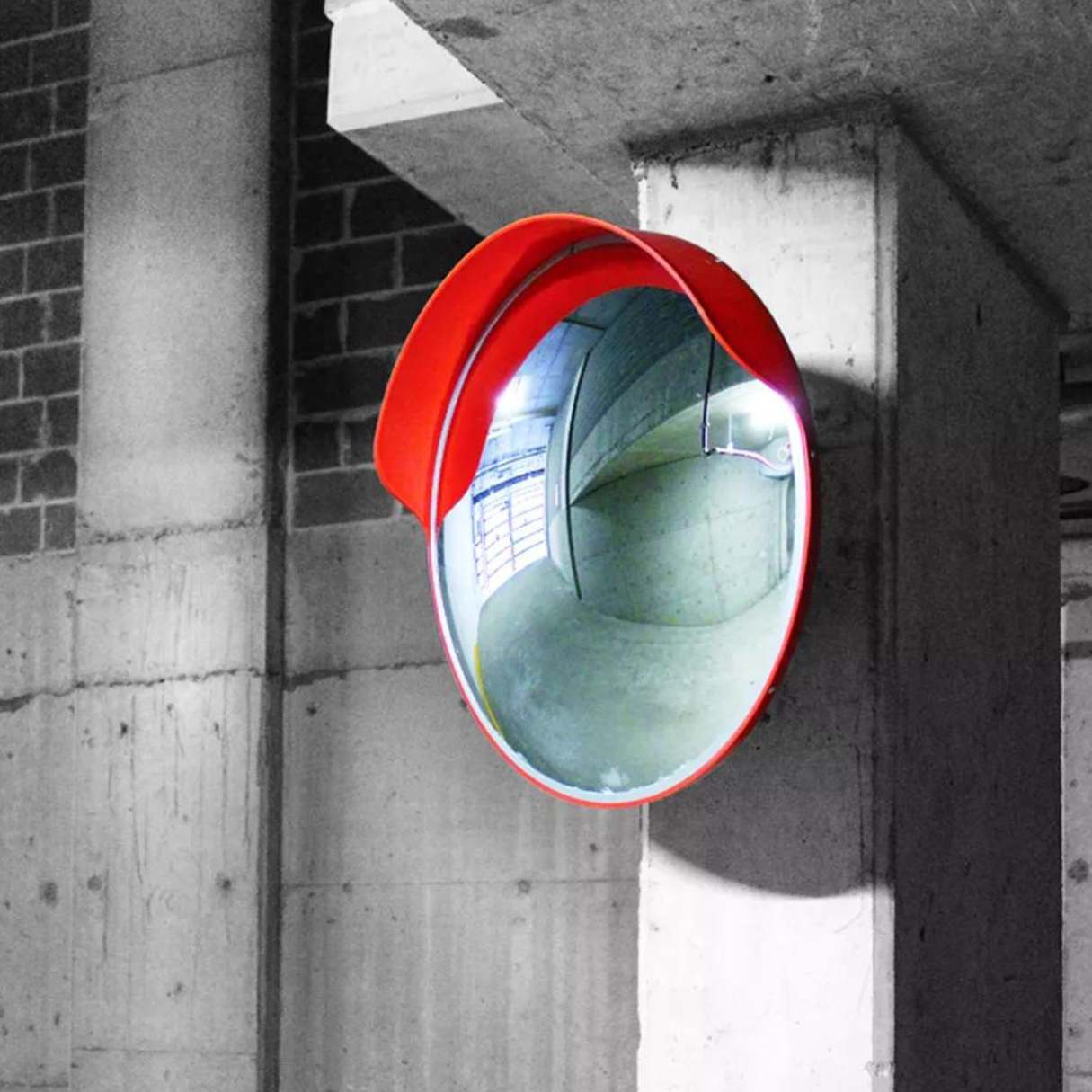

Articles
What Kind Of Mirror Is Used For Security
Modified: February 24, 2024
Discover the best articles on various types of mirrors used for security purposes. Explore our comprehensive guide to find the perfect mirror for your security needs.
(Many of the links in this article redirect to a specific reviewed product. Your purchase of these products through affiliate links helps to generate commission for Storables.com, at no extra cost. Learn more)
Introduction
When it comes to ensuring safety and security, there are various tools and technologies at our disposal. One such tool that plays a crucial role in enhancing security measures is the security mirror. These specially designed mirrors are strategically placed in different locations to provide better visibility and reduce blind spots in order to prevent theft, vandalism, and other potential security threats. In this article, we will explore the importance of security mirrors and discuss the different types of mirrors used for security purposes.
Security mirrors serve as a valuable tool in a wide range of settings, including retail stores, parking lots, warehouses, hospitals, and even public spaces. They help in maintaining a high level of security and surveillance, allowing individuals to monitor areas that are difficult to see with the naked eye. By eliminating blind spots and extending the field of view, security mirrors act as a deterrent to criminal activity and provide a sense of safety and control.
Now let’s take a closer look at the different types of mirrors used for security purposes:
Key Takeaways:
- Security mirrors, such as dome and convex mirrors, enhance surveillance by providing wide-angle views and eliminating blind spots. They offer cost-effective solutions for various security needs, from retail stores to parking lots.
- Two-way and one-way mirrors provide discreet surveillance while maintaining privacy, making them valuable for covert monitoring in sensitive environments. Careful consideration of mirror type and placement is crucial for effective security measures.
Read more: What Paint To Use On Mirrors
Dome Mirrors
Dome mirrors, also known as convex mirrors, are a popular choice for security applications. These mirrors have a curved surface that bulges outward, providing a wide field of view and eliminating blind spots. The curvature allows the mirror to reflect and magnify the image, giving users a wider perspective of the surroundings.
The main feature of dome mirrors is their ability to provide a 360-degree view of an area with just a single mirror. This makes them ideal for monitoring large spaces, such as parking lots or shopping complexes, where a comprehensive view is required. Dome mirrors are typically mounted on ceilings or walls and can be easily adjusted to cover specific areas of interest.
The applications of dome mirrors in security are diverse. In retail stores, they are commonly used to deter shoplifting by allowing store personnel to monitor blind spots and aisles. In parking garages, dome mirrors help drivers navigate safely by providing a view of hidden corners and oncoming traffic. They are also effective in warehouses, factories, and other industrial settings to enhance surveillance and prevent theft or unauthorized access.
One of the key advantages of dome mirrors is their wide field of view. With a single dome mirror, users can cover a larger area compared to other types of mirrors. This means fewer mirrors are required, reducing installation and maintenance costs. Additionally, dome mirrors are durable and resistant to vandalism, making them suitable for both indoor and outdoor use.
However, there are some limitations to consider when using dome mirrors. The curved surface of the mirror can cause distortion, especially at the edges. This may affect the accuracy of distance perception, making it crucial to position the mirror in an optimal location for maximum effectiveness. Dome mirrors may also produce a fish-eye effect, which can distort the size and shape of objects reflected in the mirror.
Overall, dome mirrors are an excellent choice for enhancing security by providing a comprehensive view of the surroundings. With their wide field of view and durability, they are a cost-effective solution for minimizing blind spots and deterring potential security threats.
Convex Mirrors
Convex mirrors are another type of security mirror that are widely used for surveillance purposes. These mirrors have a curved outward surface that bulges away from the viewer, resulting in a wider field of view and reducing blind spots. Convex mirrors are typically circular in shape and are made from materials such as polycarbonate or acrylic to ensure durability and clarity.
The main feature of convex mirrors is their ability to provide a wide-angle view. Unlike flat mirrors, convex mirrors reflect a larger area, making them effective for monitoring areas where a broader range of vision is required. This makes convex mirrors particularly useful in locations such as parking lots, corridors, and large indoor spaces.
The applications of convex mirrors in security are varied. They are commonly used in parking lots to enhance safety by providing a wider view of oncoming vehicles and pedestrians. Convex mirrors are also utilized in retail settings to deter shoplifting by allowing staff to monitor blind spots and aisles. In addition, they can be found in warehouses and factories to improve security and reduce the risk of accidents by increasing visibility in busy areas.
One of the main advantages of convex mirrors is their ability to eliminate blind spots. Their curved shape allows for a wider field of view, enabling individuals to see around corners and obstacles. This enhances safety and security by reducing the chances of accidents or unauthorized access. Convex mirrors are also relatively inexpensive and easy to install, making them a cost-effective solution for improving surveillance.
However, convex mirrors do have some limitations. The wider field of view may result in objects appearing smaller and farther away, making it important to consider the appropriate size and placement of the mirror for optimal visibility. Additionally, the curved surface of convex mirrors can cause distortion, especially at the edges, which may affect the accuracy of depth perception.
Overall, convex mirrors are an effective tool for enhancing security by providing a wider field of view and reducing blind spots. Their affordability and ease of installation make them a practical choice for various surveillance applications.
Two-Way Mirrors
Two-way mirrors, also known as one-way mirrors, are a unique type of security mirror that provide a combination of visibility and privacy. Unlike traditional mirrors that reflect light, two-way mirrors have a coating that allows light to pass through from one side while reflecting light back from the other side. This creates a one-way effect, where individuals on one side can see through the mirror, while those on the other side see only their reflection.
The main feature of two-way mirrors is their ability to provide discreet surveillance. These mirrors are commonly used in interrogation rooms, observation areas, and other settings where discreet monitoring is necessary. The transparent side of the mirror allows individuals to observe the area being monitored, while the reflective side prevents those being observed from realizing that they are being watched.
Two-way mirrors have various applications in security. They are often used in law enforcement agencies, correctional facilities, and courtrooms to observe suspects or individuals under investigation without their knowledge. These mirrors can also be found in retail stores to monitor customer behavior and prevent theft or shoplifting.
One of the major advantages of two-way mirrors is the ability to maintain privacy while providing surveillance. The reflective surface of the mirror allows security personnel to observe suspicious activities discreetly without alarming potential wrongdoers. This can be particularly useful in sensitive situations where maintaining the trust of individuals being monitored is crucial.
However, two-way mirrors do have limitations. One limitation is that the lighting conditions on either side of the mirror must be carefully balanced to achieve the desired one-way effect. If the lighting is significantly different on either side, the reflective effect may be compromised. Additionally, two-way mirrors require controlled lighting in the observation area to avoid backlighting, which can render the reflective effect ineffective.
Despite these limitations, two-way mirrors continue to be a valuable tool in security applications where discreet surveillance is required. By allowing one side to observe while maintaining privacy on the other side, these mirrors offer a unique solution for enhancing security measures.
A convex mirror is commonly used for security purposes as it provides a wide field of view, allowing security personnel to monitor a larger area from a single vantage point.
Flat Mirrors with Surveillance Systems
In the realm of security, flat mirrors combined with surveillance systems can provide a powerful combination to enhance surveillance capabilities. While flat mirrors may not possess the unique features of other specialized security mirrors, they can still play a crucial role in complementing and augmenting the effectiveness of surveillance technology.
When used in conjunction with surveillance systems, flat mirrors can extend the field of view and eliminate blind spots. By strategically placing flat mirrors in areas not covered by cameras, security personnel can gain a wider perspective and ensure comprehensive coverage of the surroundings. This can be particularly useful in larger spaces, outdoor areas, or at angles that may be difficult for cameras to capture.
One of the key benefits of using flat mirrors with surveillance systems is the cost-effectiveness it offers. Flat mirrors are relatively inexpensive compared to specialized security mirrors. This allows for a more affordable solution to enhance surveillance capabilities without compromising on effectiveness. Additionally, the installation and setup of flat mirrors are generally straightforward, making them a practical option for integrating with surveillance systems.
Another advantage of using flat mirrors is the passive nature of their operation. Unlike cameras that require active monitoring, flat mirrors provide a passive means of surveillance. This can be helpful in reducing the strain on security personnel who would otherwise need to constantly monitor video feeds. With flat mirrors in place, security personnel can rely on their own visual observations while occasionally referring to camera footage for specific incidents.
However, there are some potential drawbacks and considerations to be aware of when using flat mirrors with surveillance systems. One limitation is that flat mirrors only provide a reflection of the existing environment. They cannot zoom in or capture specific details like cameras can. Therefore, they may not be suitable for situations that require close monitoring or identification of individuals or objects. Additionally, flat mirrors may require periodic cleaning and maintenance to ensure clear visibility and prevent distortion.
Overall, the combination of flat mirrors with surveillance systems can significantly enhance the effectiveness of security measures. By extending the field of view, eliminating blind spots, and providing a passive means of surveillance, flat mirrors offer a cost-effective and practical solution to improve overall surveillance capabilities.
Read more: What Are Obsidian Mirrors Used For
One-Way Mirrors
One-way mirrors, also known as two-way mirrors, are a fascinating type of security mirror that creates a unique visual effect. These mirrors have a semi-transparent coating that allows light to pass through from one side while reflecting it back from the other side. This creates an illusion of a mirror from one perspective and a clear glass from the other perspective, hence the term “one-way” mirror.
The main feature of one-way mirrors is their ability to provide unobtrusive surveillance while maintaining privacy. From the side with brighter lighting, the mirror appears reflective, allowing observers to see through it. However, from the darker side, it appears transparent, allowing individuals to see their own reflections but not those on the other side.
One-way mirrors have various applications in security. They are commonly used in interrogation rooms, observation booths, and other areas where discreet monitoring is crucial. By using one-way mirrors, law enforcement agencies, security personnel, and researchers can observe subjects without them being aware of being watched, thus obtaining authentic responses and behavior.
The primary advantage of one-way mirrors is their ability to provide covert monitoring. This makes them valuable in surveillance situations where maintaining privacy is essential. They allow security personnel to discreetly observe individuals or areas without raising suspicion or altering behavior. Additionally, one-way mirrors offer a more natural environment for observations, as individuals act more authentically when unaware that they are being watched.
However, it’s important to note some limitations of one-way mirrors. First, the angle of the light source plays a significant role in their effectiveness. If the lighting conditions are not properly balanced between the two sides, the reflective effect may be compromised, reducing the one-way transparency. Additionally, one-way mirrors require a controlled environment, as greater illumination on the observes’ side could diminish the reflective effect, leading to a loss of privacy.
Overall, one-way mirrors provide a unique and discreet method of surveillance while maintaining privacy. By allowing observers to see through the mirror while appearing reflective to those being observed, one-way mirrors offer an effective tool for law enforcement, researchers, and security personnel to conduct covert monitoring in various settings.
Conclusion
In conclusion, security mirrors are a vital component of any comprehensive security strategy. They enhance visibility, eliminate blind spots, and contribute to deterrence in various settings. Throughout this article, we explored different types of mirrors commonly used for security purposes:
- Dome Mirrors: These convex mirrors provide a 360-degree view, making them ideal for monitoring large spaces and reducing blind spots.
- Convex Mirrors: With their wide-angle view, convex mirrors are effective in enhancing safety and surveillance in areas such as parking lots and retail stores.
- Two-Way Mirrors: These mirrors provide discreet surveillance, allowing observers to see through while maintaining privacy on the other side.
- Flat Mirrors with Surveillance Systems: Flat mirrors complement surveillance technology by extending the field of view, reducing blind spots, and offering a cost-effective solution.
- One-Way Mirrors: Also known as two-way mirrors, they provide unobtrusive surveillance while maintaining privacy, making them valuable in covert monitoring scenarios.
When choosing the right mirror for specific security needs, several factors should be considered:
- Field of View: Determine the area that needs to be monitored and select a mirror that provides an adequate field of view to cover the desired space.
- Visibility and Clarity: Assess the mirror’s transparency, clarity, and potential distortion to ensure accurate observations and identification of individuals or objects.
- Location and Placement: Consider the ideal positioning of the mirror to eliminate blind spots, maximize coverage, and ensure optimal performance.
- Cost and Practicality: Evaluate the budget and installation requirements to find a mirror that aligns with the available resources and practicality of the security setup.
- Privacy Considerations: For certain scenarios, such as observation rooms or interrogations, the ability to maintain privacy while monitoring may be crucial.
By carefully considering these factors, security professionals can select the most suitable mirror type to enhance surveillance capabilities and address specific security needs effectively.
In summary, security mirrors play a crucial role in ensuring safety and minimizing security risks. Whether it’s using dome mirrors for comprehensive views, convex mirrors to eliminate blind spots, two-way mirrors for discreet surveillance, flat mirrors to complement surveillance systems, or one-way mirrors for covert observations, each type offers unique advantages and applications. By selecting the appropriate mirror type, considering the specific security requirements, and deploying them strategically, organizations can enhance their overall security measures and deter potential threats effectively.
Frequently Asked Questions about What Kind Of Mirror Is Used For Security
Was this page helpful?
At Storables.com, we guarantee accurate and reliable information. Our content, validated by Expert Board Contributors, is crafted following stringent Editorial Policies. We're committed to providing you with well-researched, expert-backed insights for all your informational needs.
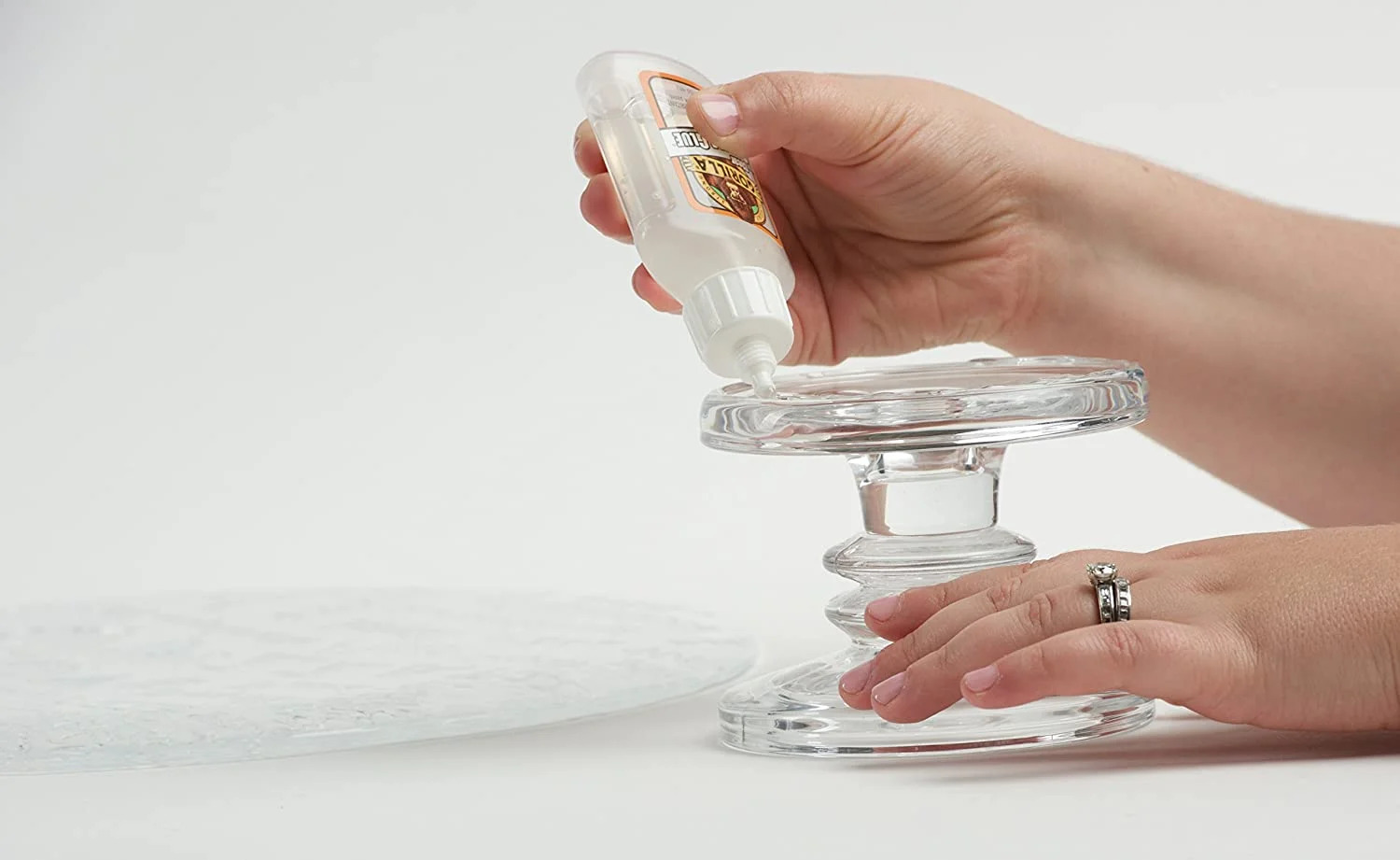
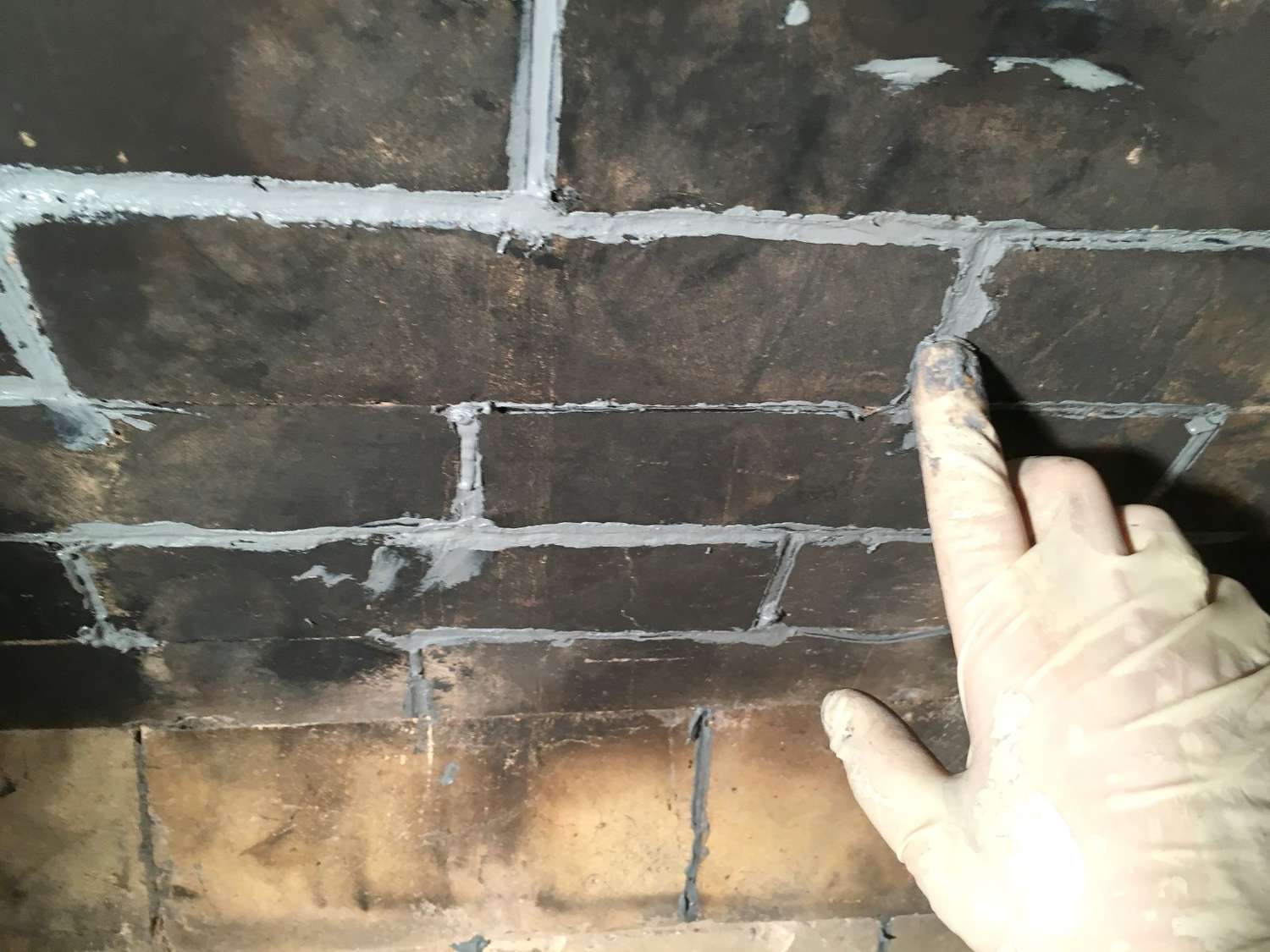
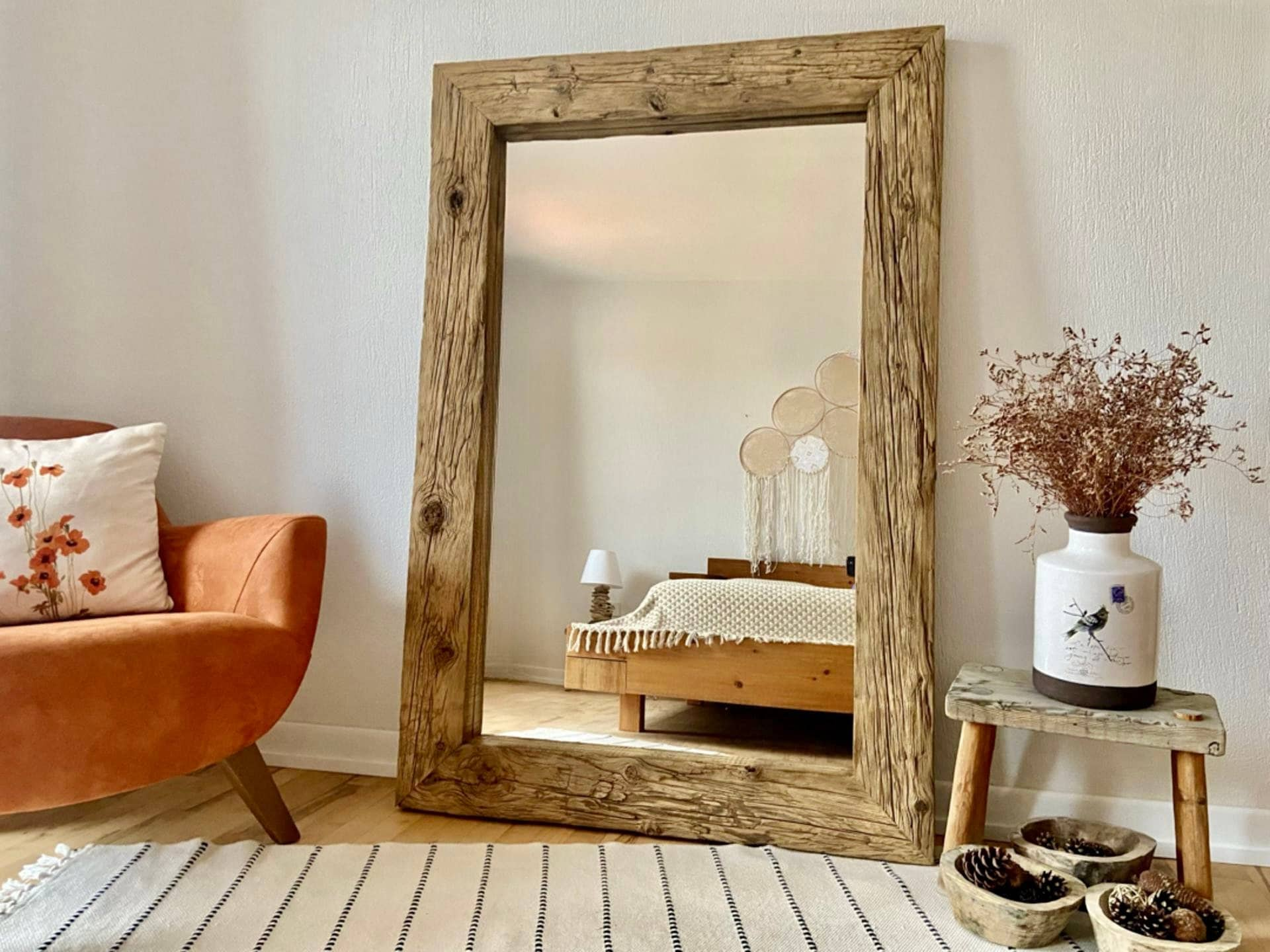
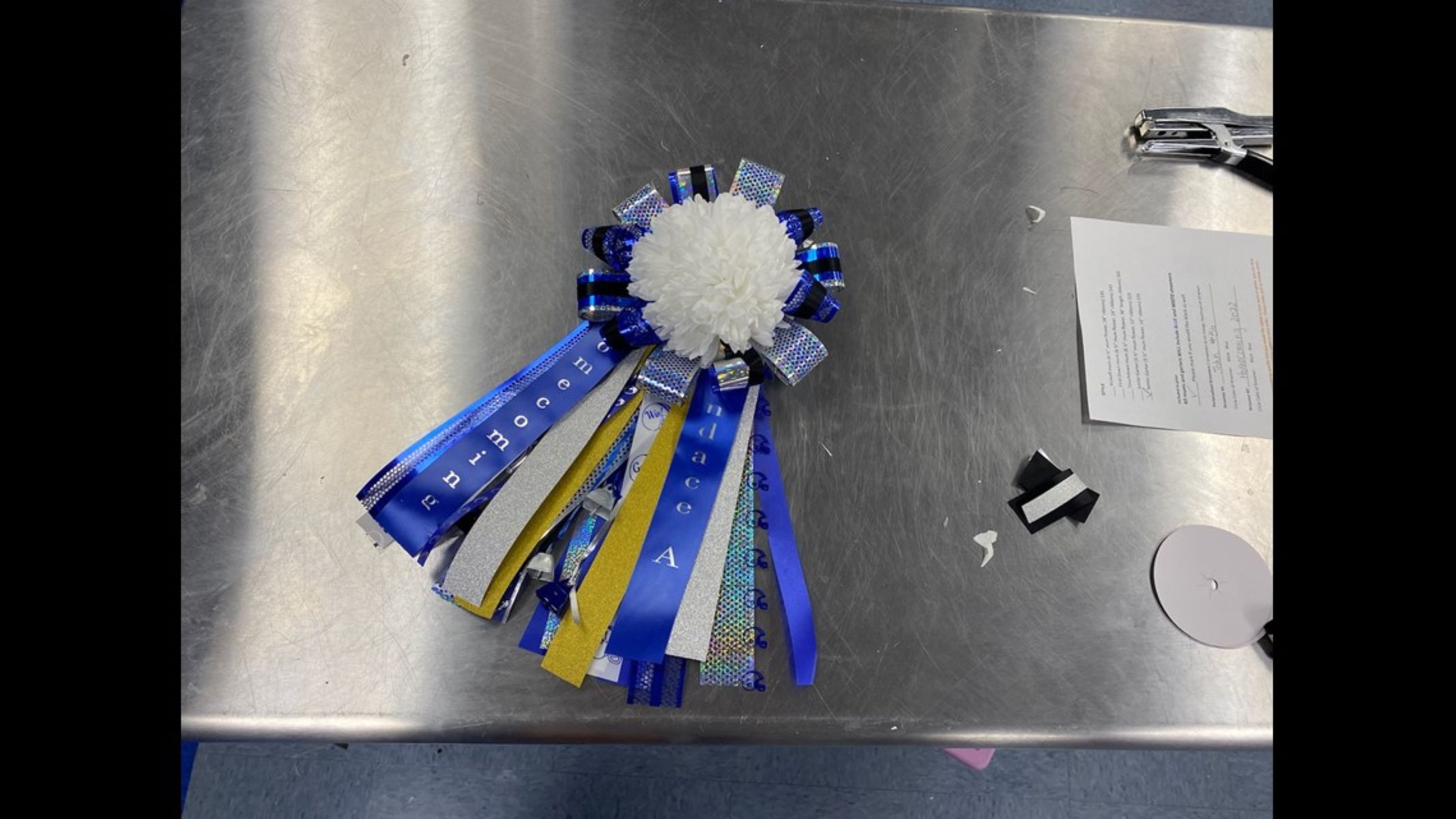









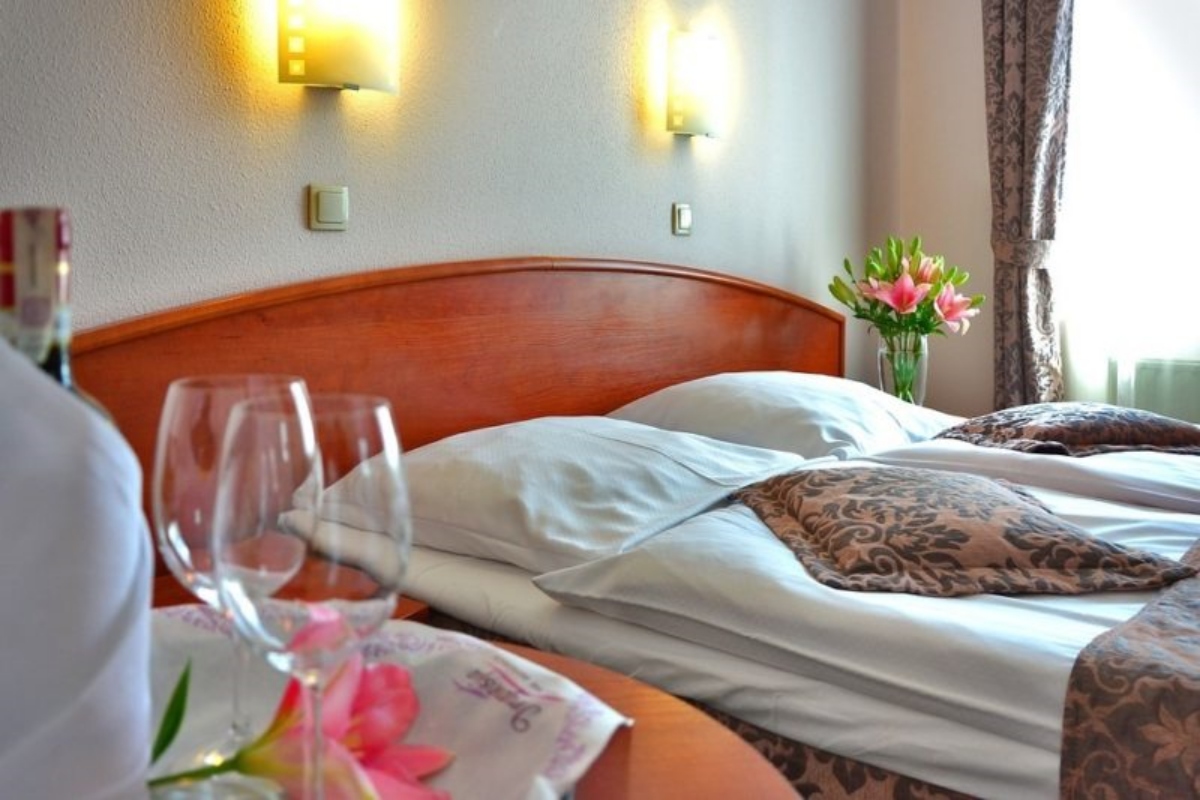

0 thoughts on “What Kind Of Mirror Is Used For Security”